Lhasa is the highest city in the world and the capital of the Tibetan autonomous region in China. Home to 3 Unesco world heritage sites, Lhasa is now a very accessible travel destination. Traveling with a Tibetan travel agency is the easiest way to get the permits to enter Tibet and to get information about Tibetan history and local customs. Travelers to Tibet seek to experience life, history and culture and exploring Lhasa in Tibet is the first stop in this fascinating city and country.
An guide to visiting Lhasa in Tibet
Visiting Lhasa’s main attractions
The main urban center in Tibet is Lhasa. The Potala Palace and the Jokhang Temple preserve the treasures of Tibetan Buddhist Art. The statues, frescos, and tapestries represent figures and concepts of Tibetan Buddhism, the results of the fusion between the Indian Mahayana tradition with local cults, like the Bön shamanism. The white profile of the Potala Palace dominates Lhasa’s skyline. The Potala Hill was the place where Bodhisattva Chenrezig used to meditate. Chenrezig is a popular character in the history of Tibetan Buddhism. The first Tibetan King, Songtsen Ganpo, erected the palace for his residence at Potala Hill as he considered the hill a divine place.. The Dalai Lama, head of Tibetan Buddhism, resided in the Potala Palace until the 1950’s.
The first King of Tibet also constructed the Jokhang Temple, which is the most important Tibetan Buddhist temple in the country. Jokhang Temple houses a famous statue from the lifetime of the Buddha Jowo Rinpoche, therefore it is constantly crowded. The main cultural interest in Lhasa are Tibetan pilgrims themselves. They are relentlessly spinning their prayers sticks and twirling their mala beads. Many of them crawl around the sacred Barkhor circuit in act of devotion. They come from the small villages around Lhasa, from the provinces bordering Tibet, from India and Nepal. Their determination is touching. Nothing could stop them from paying homage to the ancient statues and shrines. Age, impairment or poverty won’t scare them from embarking with friends and family in the devotional journey.
DAY TRIPS FROM LHASA
Just a short road trip from Lhasa takes you to Sera Monastery. The garden of the monastery is open to visitors that want to see an ancient religious tradition still alive. The monks in there divide into groups and engage in philosophical debates, the ritual is quite arcane but interesting.
Drepung Monastery is another remarkable monastery close to the capital of Tibet. Lhasa stretches out on the Tibetan plateau and is surrounded by a rough landscape that develops into the Himalaya Mountains, home to the highest peaks in the world. Outside the city, the thin, pure air and the colors of nature make you dizzy.
A few hours drive takes you to two enchanting lakes: Yamdrok and Namtso. Strict regulations prevent swimming, fishing and motorized boats on the lakes. Lake Yamdrok and Namtso are much higher in altitude than Lhasa. On the way to both lakes the landscape conveys a sense of spaciousness and of having landed on another planet. A few yaks, some street vendors, and sparse cattle bring you back to reality.
The best way to experience the Tibetan panorama is a road trip from Lhasa to the Everest Base Camp, 700 km in total. The trip leads you higher and higher through Gampa La Pass (4900m) Karola Glacier (5100), and Lake Yamdrok to the city of Shigatse, where you can stop and spend the night in a guesthouse.
The main attraction near Shigatse is Tashi Lhunpo Monastery. Tashi Lhunpo Monastery is the official seat of the Panchen Lama, the 2nd most important leader in Tibetan Buddhism, after the Dalai Lama. As you travel the road from Shigatse to the Everest Base Camp, it gradually narrows to a path, the landscape rocky and deserted. At the Everest Base Camp, 5200m, several warm tents offer shelter and food to the visitors. From the camp location it is possible to admire the colors of the sunset on the western side of Mount everest. A short walk from the everest Base Camp you will find the meditation cave of the ancient master Padmasanbhava. Padmasanbhava is considered the founder of the oldest tradition of Tibetan Buddhism, which he imported from India in the 8th century AD. The cave belongs to Rongbuk Monastery, the highest monastery in the world.
Away from the Buddhist monasteries and the big towns, a part of the Tibetan population is still living a nomadic and extremely simple life. Tibetan nomads make a living from the products of the cattle, especially yaks. The nomads live in tiny villages and tents in the high pasture lands, where they let their animals graze freely. The opportunity to experience this way of living is to go trekking for three-days trekking from Ganden Monastery, (2 hours away from Lhasa) to Samye Monastery. Trekking and camping in the Tibetan mountains usually requires the presence of an official guide, and helpers with yaks to carry the necessities to cook and sleep. The yaks are quite solitary, aggressive animals, and they are not easy to gather, and to load as porters. The trek from Ganden to Samye retraces an old pilgrimage path and offers a chance to observe traditional life on the mountains.
Nomads are resisting as much as they can to the continuous change in the economy of the country. Tibetan nomad’s way of living has been centred around yak breeding for centuries. They barely speak a few words in English or Chinese, the standard language in Tibet along with Tibetan language. They live in tents made from snowproof, insulating yak hides. Tents are quite large and are heated by a central stove powered by yak manure and this stove is also used for cooking. Beds are built with wooden panels raised from the floor. Each tent has a small votive altar for the Dalai Lama. Nomads trade yak meat, milk, cheese, and blankets. They also pick medical herbs on the mountains that are used in Chinese medicine. The youngest in the nomad families often choose to leave their customs behind, and start working in the factories in urban areas.
Please pin this post for later
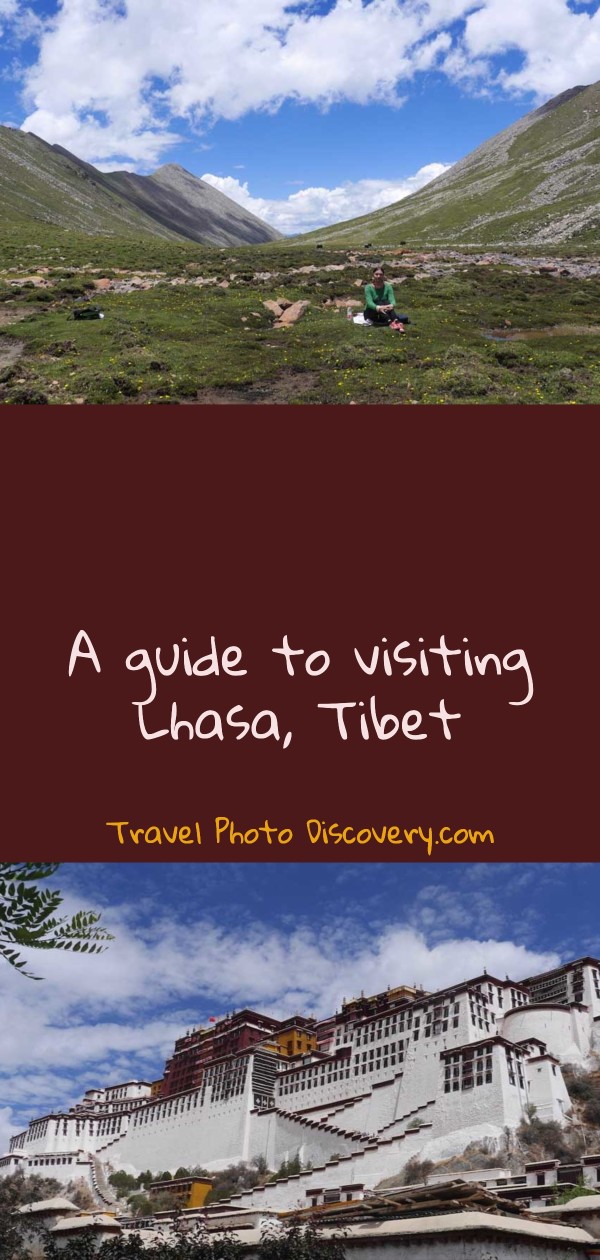
A short bio of our guest blogger

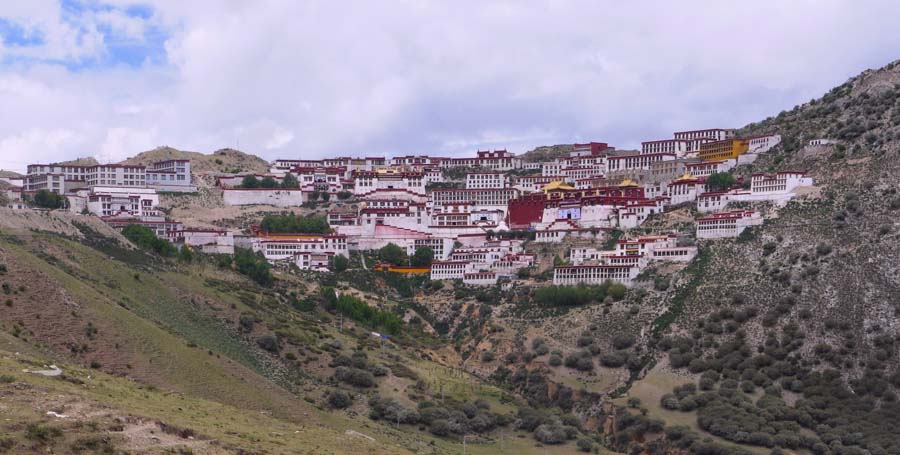
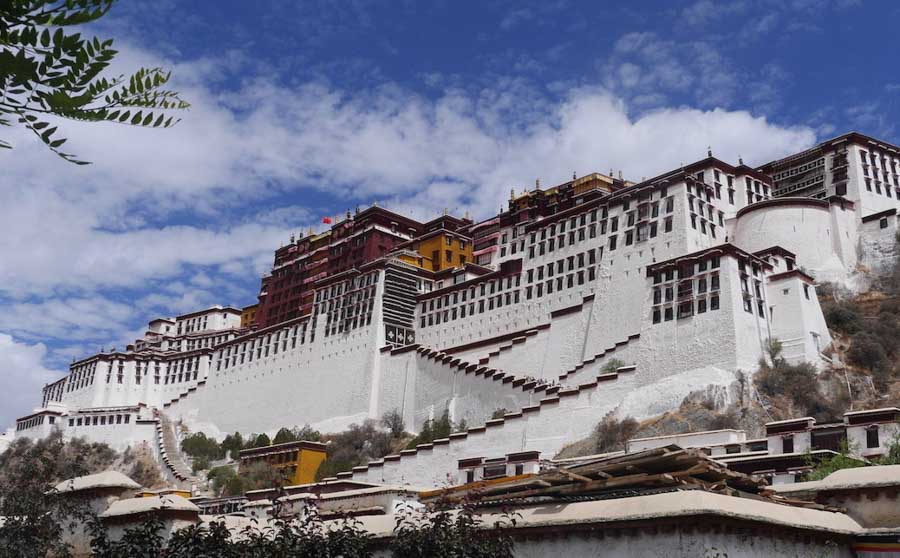
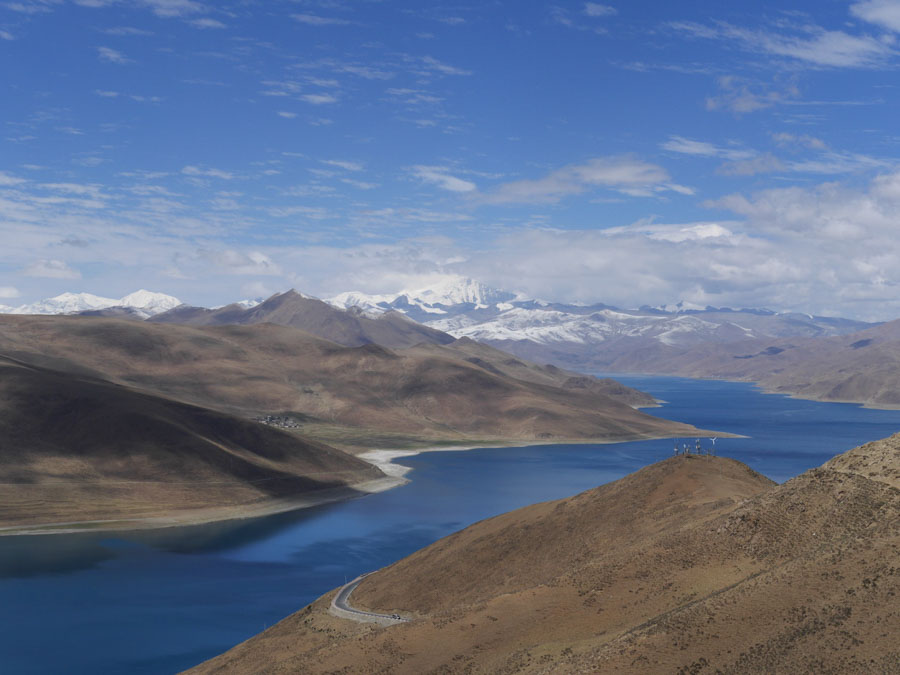
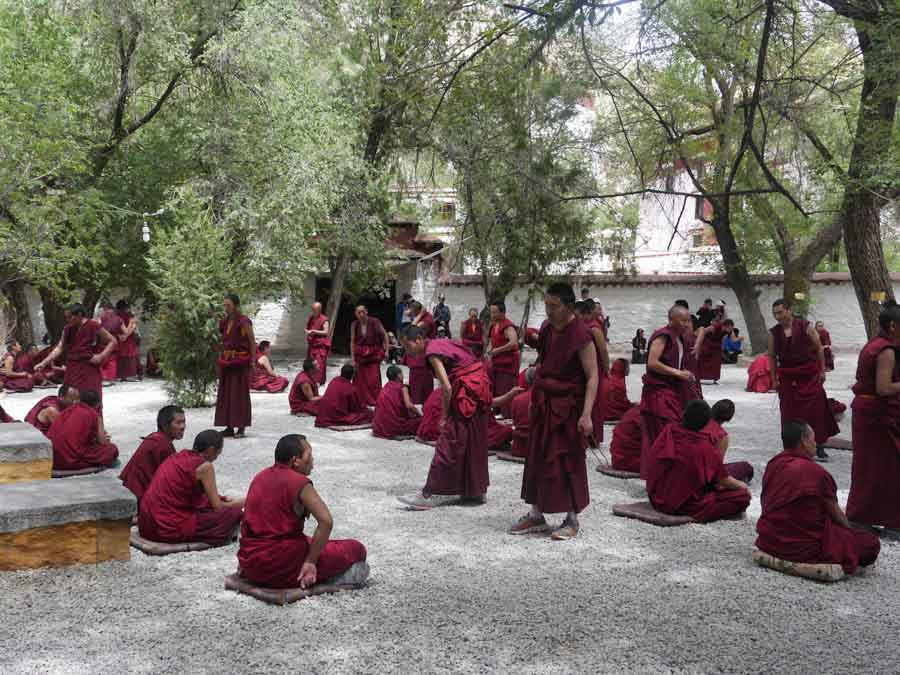
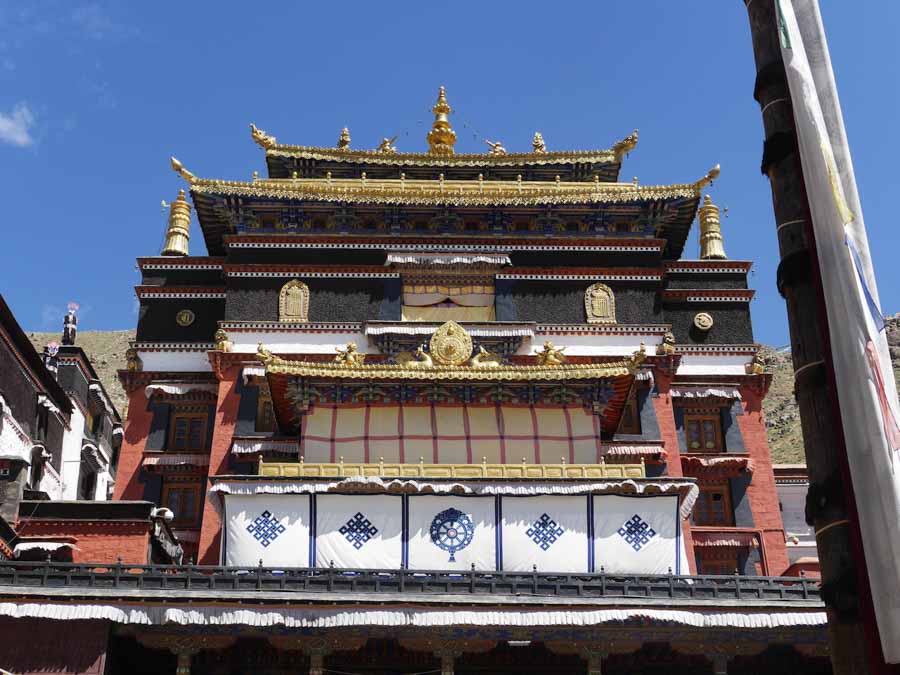
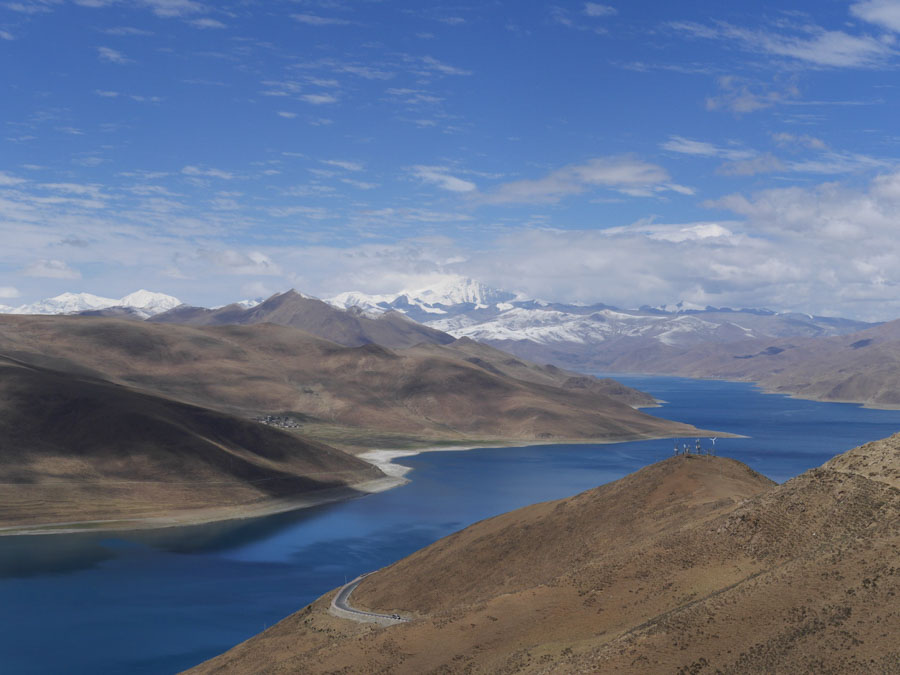
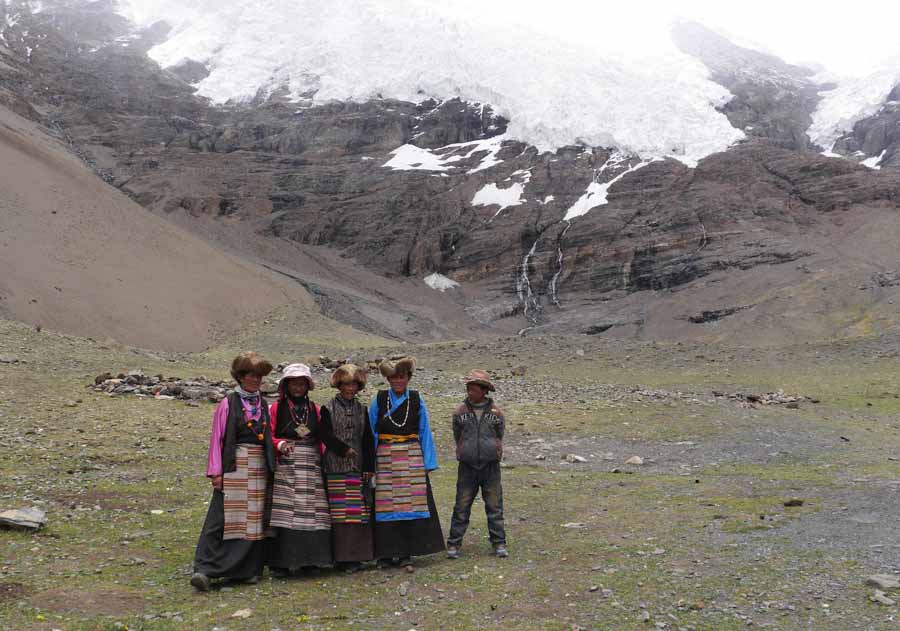
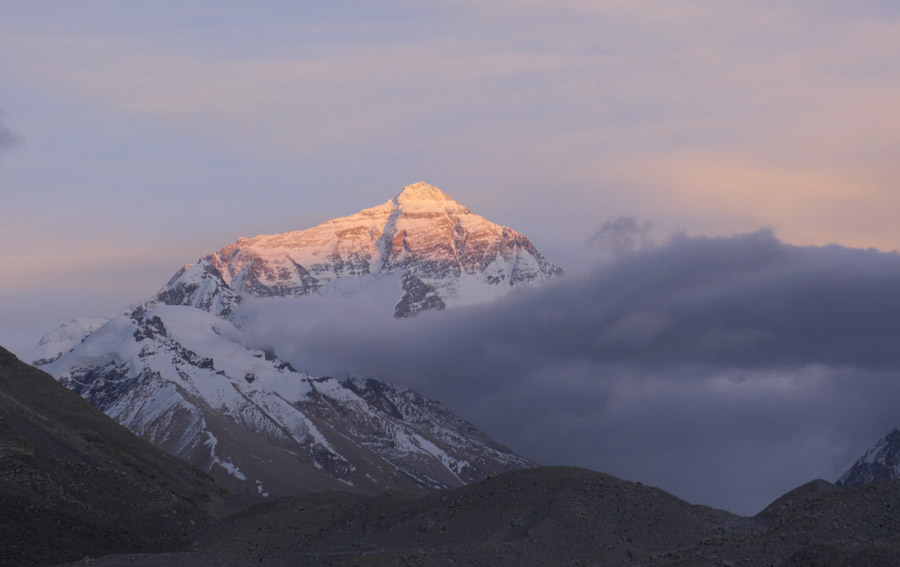
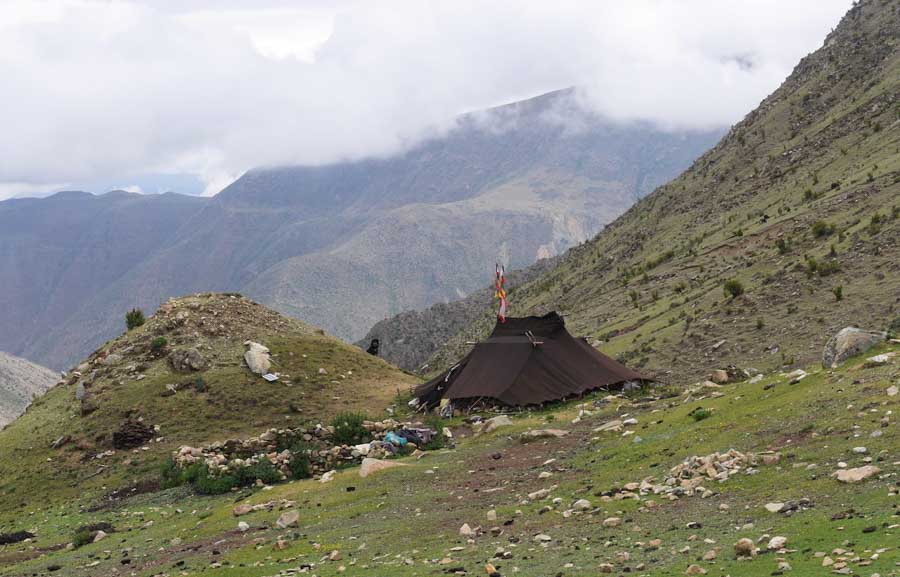
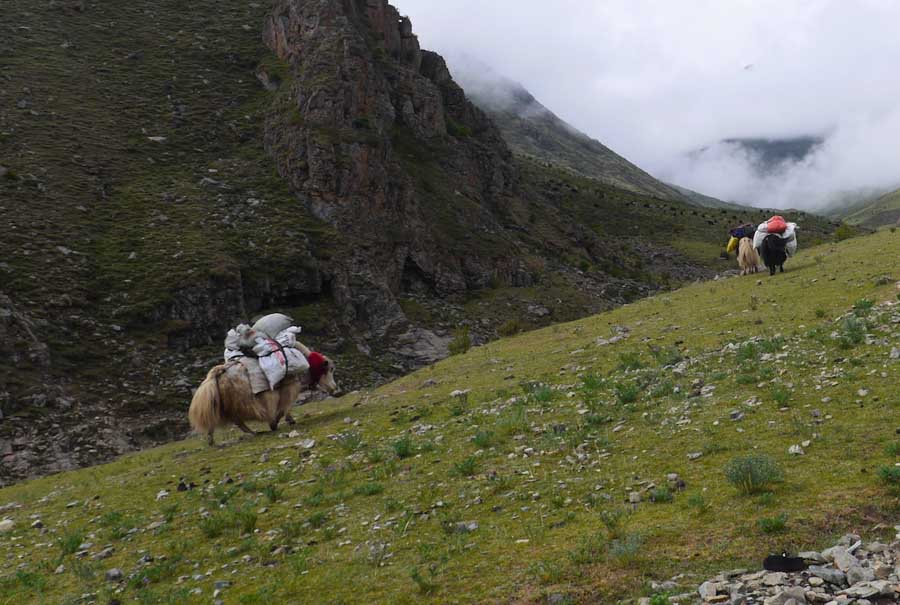
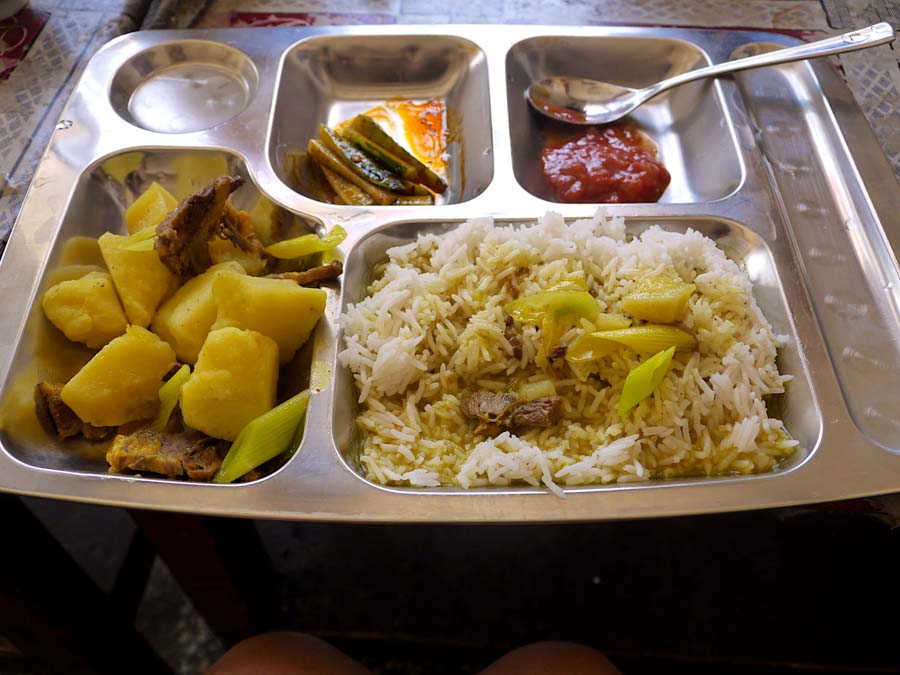
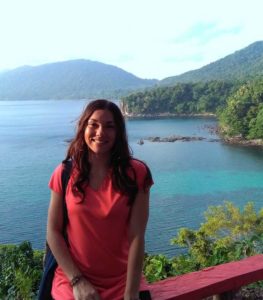

The Potala Palace is truly a work of art – an absolutely stunning building. The landscape of Tibet is truly gorgeous and I would love to experience it in person one day soon! xo – kam
I want to also visit Lhasa, it is a striking city filled with historic landmarks. Let’s hope we can all visit some day.
The Potala Palace definitely dominates the Lhasa skyline, and it’s a truly incredible sight! 😍 So interesting to read about the Tibetan’s way of life, I never knew how simple it was.
What amazing landscapes and monasteries, reminds me a lot of Leh Ladakh in India. I have never been to Tibet but I can see that it would be heaven for a nature and hiking lover. Lakes Yamdrok and Namtso are breathtaking, the deep blue waters surrounded by snow capped mountains.
I’ve heard that there were so many heart-breaking changes after the Chinese invaded Tibet that I wasn’t sure about visiting but this is a heartening report. It looks wonderful still and I’m sorry to hear the young are leaving for jobs in the city (twas ever thus) but the old ways are persevering. Such a beautiful culture.
I love all of the views you saw exploring Lhasa in Tibet and the surrounding areas. My dad has longed to visit all of the monasteries and I too would love to see and learn more about the area and the Buddhists there! I love the history that is preserved in places like Potala Palace and the Jokhang Temple! Such an amazing place to explore
Interesting post and beautiful pictures, I would love to get there some day especially to see the Potala palace. I had no idea you could see Everest from there (considering I’m in Kathmandu right now and its still a long way to see everest) A great compliment to this trip is going to Mcleod Ganj in India and visiting the tibetan museum, the Dalai Lama’s temple and understanding the whole story of his exile and the thousands of refugees and what current residents face under Chinese rule. I don’t understand the whole story so that is why I need to go to Lhasa! Thanks for this.
The landscapes are so like Ladakh in India. The same dreamy, cold desert with mountains and myriad colors around. A lot of Tibetans have settled in Ladakh and they say that Leh Palace is based on Potala palace. I can see why that is so. I would love to see the original.
How a fascinating of a trip! I hope the nomads never cave in to the pressure of modernizing. That would make the whole travel experience more authentic. I traveled to Peru/Bolivia and visited the floating islands “Urus.” They’re supposed to be an ancient civilization but they now make a living selling tourist trinkets!
Tibet is a country of fascinating culture and striking landscapes, and as such has been on my bucket list for ages now. I hope to ticket it off my bucket list in 2019. Let’s God and Universe conspire together to let me visit Tibet finally this year. 🙂
Would love to experience traditional mountain life of Tibetan nomads and to do a 3-day trek from Ganden Monastery to Samye Monastery!
And, yes, thanks Annalisa for beautifully written article!
Since you said that this is the highest city in the world, I wonder how do you cope with the altitude sickness? I mean for a first time visitor, what are the basic preparations aside from medicines to combat some of the effects.
I dream of visiting Tibet – and it looks like there are many wonderful things to do in Lhasa in Tibet. I plan on going on a longer trip in the area, so that I’ll go beyond the attractions and meet people, learn more about the culture and traditions. Lovely photos – I felt like I was there, for a moment, with you 🙂
Thanks for bringing back memories.
We visited Lhasa and also the Sera and Drepung Monastery in 2004. The philosophical debates seem to be the same like years ago.
Unfortunately we missed the lakes, what I see from your photos, a breathtaking landscape.